Reviewed by Julianne Ngirngir
Walking into a smart glasses store in 2025 feels like stepping into the future we've all been waiting for. Smart glasses have finally hit the mainstream in 2025, with major brands rolling out high-tech eyewear that promises to keep us connected and hands-free. Now here's where things get interesting—HTC has just thrown their hat into this increasingly crowded ring.
The Vive Eagle is a rival to Meta's Ray-Ban glasses with a fashion-forward lightweight design, open ear audio, voice-activated AI and an ultra-wide AI-powered camera. What makes this launch particularly fascinating is that Taiwan is VIVE Eagle's first launch market, mainly because the product design has been optimized for Taiwanese head shapes, particularly with adjustable nose pads and temples. This regional optimization reflects a broader industry trend toward localized product development—something that could signal how smart glasses will need to evolve differently across global markets rather than following the one-size-fits-all smartphone model.
What makes the Vive Eagle stand out from the pack?
Let's be honest here—when you look at the smart glasses market right now, it's starting to feel like everyone's following the same playbook. HTC has used much the same formula for the Vive Eagle, though they have an uphill battle against Ray-Ban's brand recognition in terms of consumer awareness and style. But that doesn't mean they haven't brought some compelling improvements to the table.
Starting with the design philosophy, the Vive Eagle features a refined aesthetic that conceals its powerful technology in clean, minimalist lines. This isn't just about looking good—it's about making advanced computing power disappear into everyday eyewear. What's remarkable is how it managed to fit all the technology into a relatively lightweight frame that weighs just 49 grams, only a gram heavier than Meta's Ray-Bans. For context, that's incredibly light when you consider everything packed inside these frames.
The optical quality takes this a step further. The lenses come from Zeiss, which represents a meaningful upgrade in the optics department. Zeiss doesn't mess around when it comes to lens quality—their partnership suggests HTC is targeting users who care about visual clarity as much as smart features. This matters more than you might think: if you're going to wear these all day, subpar lenses will cause eye strain regardless of how smart the tech is.
PRO TIP: There's a catch though—the Vive Eagle will initially only be available as sunglasses with UV protection, with model variants featuring optical lenses to follow later. That might limit initial adoption for people who need prescription lenses, but it's a smart strategy to perfect the core technology before dealing with the complexity of prescription customization.
How powerful is that AI brain under the hood?
Here's where things get really interesting, and where HTC might have actually found their competitive edge. The hardware foundation is robust: HTC installs a Qualcomm Snapdragon AR1 Gen 1 processor, 4 GB of RAM, 32 GB of flash storage, Wi-Fi 6E and Bluetooth 5.3. That's serious computing power for something that sits on your face—more processing capability than many laptops had just a few years ago.
But the real innovation lies in the AI platform architecture. HTC has built its own AI platform that can connect to different large language models, currently integrating Google's Gemini and OpenAI, with plans to add more models in the future. This isn't just another "me too" implementation—they've created something genuinely flexible that could adapt as AI technology evolves.
The camera system demonstrates this AI-first approach perfectly. The Vive Eagle comes with a 12MP ultra-wide model with voice-activated AI, offering support for multiple platforms including OpenAI and Gemini. The ultra-wide angle means it can capture more context from your field of view, giving AI more information to work with when you ask questions about what you're seeing.
The voice interaction feels natural and intuitive. With a simple voice command like 'Hey VIVE, take a photo,' users can capture what they see—right from their glasses. But it goes beyond just photos. Voice commands also let you do things like record reminders, take notes, and get restaurant recommendations—essentially turning your glasses into a hands-free personal assistant.
The translation capabilities showcase the practical value of this AI integration. You can also get real-time translation in 13 languages: Arabic, Traditional Chinese, English, French, German, Greek, Italian, Japanese, Portuguese, Spanish, Korean, Thai, Turkish. This isn't just a list of supported languages—it's a travel companion that could eliminate language barriers in real-time conversations.
Battery life that actually makes sense
One area where HTC seems to have learned from the competition's shortcomings is power management, and this could be their secret weapon for daily usability. Let's talk real numbers here, because battery life is where most smart glasses stumble and user enthusiasm dies.
HTC promises up to 36 hours of standby time and 4.5 hours of continuous music playback thanks to the 235mAh battery. To put this in perspective, that's a notable improvement over the Ray-Ban Meta lasts around 4 hours, though it falls short of some competitors like the upcoming Oakley Meta HSTN about 8 hours.
But here's what matters for real-world use: 4.5 hours of active use is getting into genuinely usable territory for daily wear. That's a full morning of meetings, a lunch break, and still having juice for the afternoon commute. More importantly, the energy-efficient AR chip and a 235 mAh battery are said to provide a battery life of three hours for phone calls, 4.5 hours for video playback, or 36 hours in standby mode.
The charging strategy is where HTC really shines and addresses a major user pain point. You can get to a 50 percent charge (via magnetic fast charging) in just 10 minutes. Think about that—a 10-minute coffee break can give you hours of additional use. That's the kind of charging speed that could eliminate battery anxiety and make smart glasses genuinely practical for people who forget to charge their devices overnight.
Privacy and audio: the details that matter
HTC hasn't overlooked the privacy concerns that come with always-on smart glasses—and frankly, this is where a lot of consumers are still hesitant about the whole category. The Vive Eagle has a 'privacy-first' architecture with all video and other data stored exclusively on-device—and that is protected via 256-bit AES encryption.
This represents a fundamental philosophical difference from Meta's approach. While Meta's business model depends on data collection and cloud processing, HTC is betting that consumers want their personal moments to stay personal. Having everything processed locally means you're not constantly streaming your life to servers, and 256-bit AES encryption provides military-grade security for the data that does get stored. For privacy-conscious users who are wary of Meta's data practices, this could be a compelling differentiator.
The audio design complements this privacy-first approach by focusing on personal, contained experiences. The Vive Eagle has an open-ear setup that 'combines large acoustic drivers and virtual bass enhancement to deliver rich, spatial audio while minimizing sound leakage.' This means you can hear your notifications and calls without the world overhearing your business.
The technical implementation is sophisticated: the smart glasses use an open-ear audio design on both sides, with built-in directional microphones and a four-microphone array. Combined with sound leakage reduction and noise reduction technology, to improve the clarity of calls and listening. That four-microphone array isn't just about picking up your voice clearly—it's about filtering out background noise so your AI commands work reliably in noisy environments like busy streets or crowded cafes.
The pricing reality and what's next
Here's where things get challenging for HTC, and where the rubber meets the road in terms of market positioning. The Vive Eagle will only available in Taiwan at first for NT$15,600, or about $520. That puts it significantly above the $299 Ray-Ban Meta glasses and even the $280 Xiaomi's glasses, though it's still more accessible than some premium AR options.
The pricing strategy makes sense when you consider what you're getting: Zeiss lenses, privacy-first local processing, multi-LLM AI platform flexibility, and ultra-fast charging. But it's a tough sell in a market where price-conscious consumers have solid alternatives. HTC is essentially betting that the combination of premium features and privacy focus will justify the premium price for early adopters.
The regional rollout strategy shows HTC has learned from past mistakes. HTC learned from past experiences of global product launches, and this time will adopt a steady strategy, making detailed adjustments for different regions' ethnicities and head shapes, and pairing with local professional services. This methodical approach acknowledges something the tech industry often ignores: physical hardware needs to fit different populations differently.
Asia and Southeast Asian markets are expected to be the next wave of faster-launching regions, mainly because Asian head sizes are similar. European and American markets are also in the plan, and although previously delayed due to tariff impacts, the situation has now been clarified and the company will push forward with full force. This suggests we could see global availability by late 2025 or early 2026.
Where does this leave the smart glasses race?
HTC's entry into smart glasses represents more than just another product launch—it's a signal that the market is maturing rapidly and that different approaches to AI integration and privacy are becoming viable competitive strategies. As one HTC executive put it, smart glasses are the next major consumer device that the general public is willing to wear after smartphones and smartwatches. That's not hyperbole—we're genuinely at an inflection point where these devices are becoming practical tools rather than just novel gadgets.
What's particularly insightful about HTC's positioning is how they're thinking about the relationship between different form factors. Compared to VR's immersive experience, smart glasses focus more on being lightweight and compact with personal smart assistant functions, with different uses for both, not mutually exclusive, but as technology matures, some functions may be integrated. This suggests HTC sees smart glasses not as VR replacements, but as complementary devices that serve different use cases—VR for immersion, smart glasses for augmented daily life.
The Vive Eagle's combination of premium Zeiss lenses, robust AI capabilities, and privacy-first architecture shows HTC is serious about competing in this space with a differentiated approach. While the initial Taiwan-only launch and higher price point might limit immediate global impact, the company's methodical approach to regional expansion could pay off in the long run.
PRO TIP: What excites me most about this launch is that HTC isn't just copying what Meta or others are doing—they're bringing their own perspective on AI integration, privacy, and hardware design. The fact that they've built their own AI platform that can work with multiple language models shows they're thinking about long-term differentiation, not just quick market entry.
For tech enthusiasts watching this space, HTC has just made the smart glasses conversation a lot more interesting. The question isn't whether smart glasses will become mainstream—that ship has sailed. The question is which approach will resonate most with consumers: Meta's social media integration and data-driven personalization, Xiaomi's value-focused proposition, or HTC's premium, privacy-focused platform with multi-AI flexibility. The Vive Eagle represents a compelling third option that could carve out its own significant niche in this rapidly expanding market, especially for users who want cutting-edge AI capabilities without sacrificing personal data privacy.




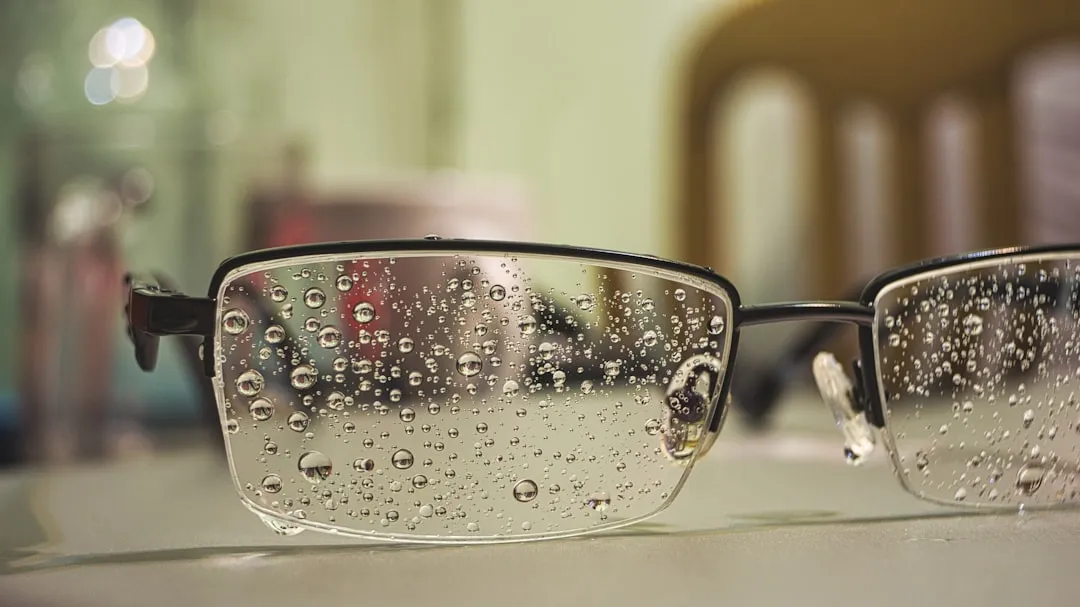
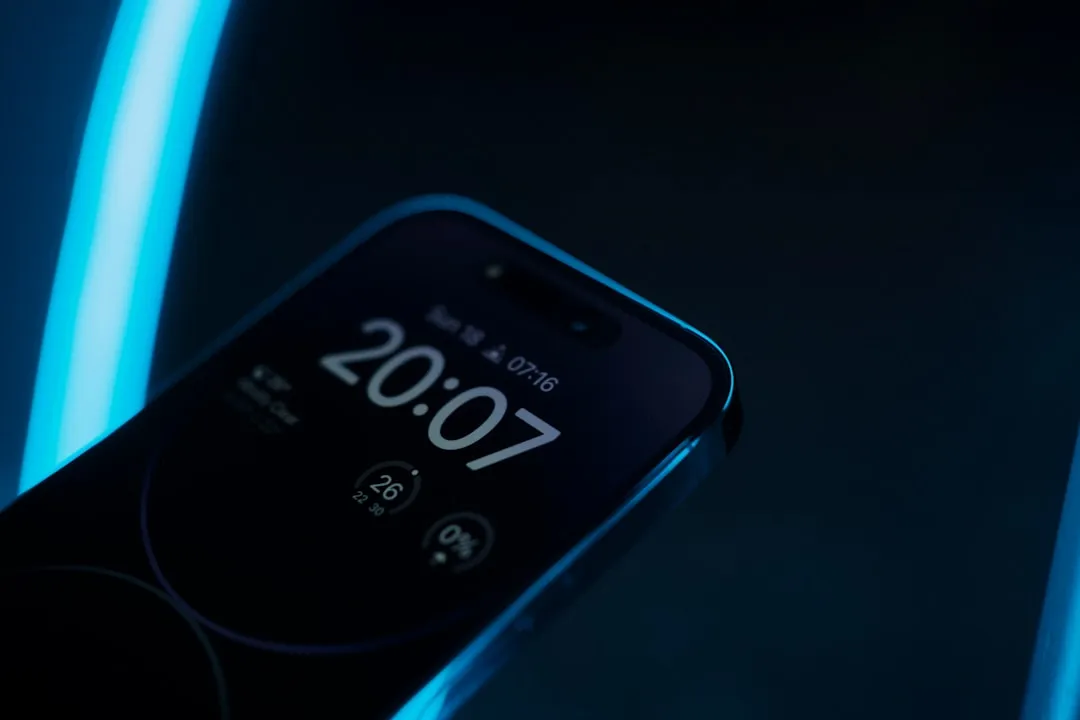

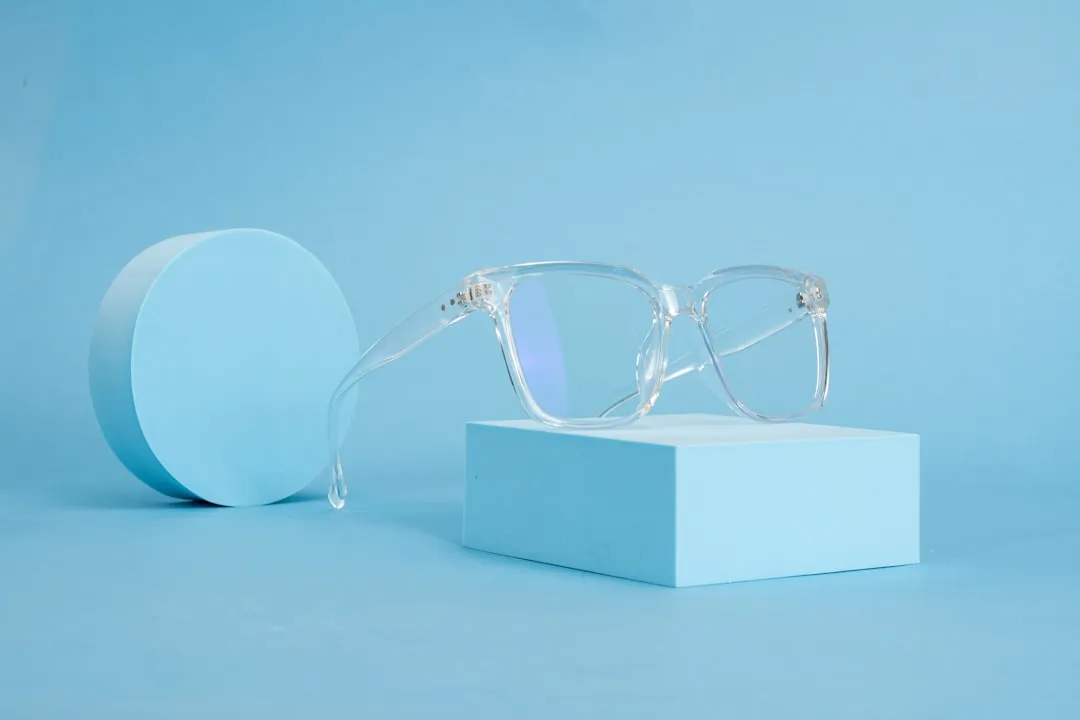
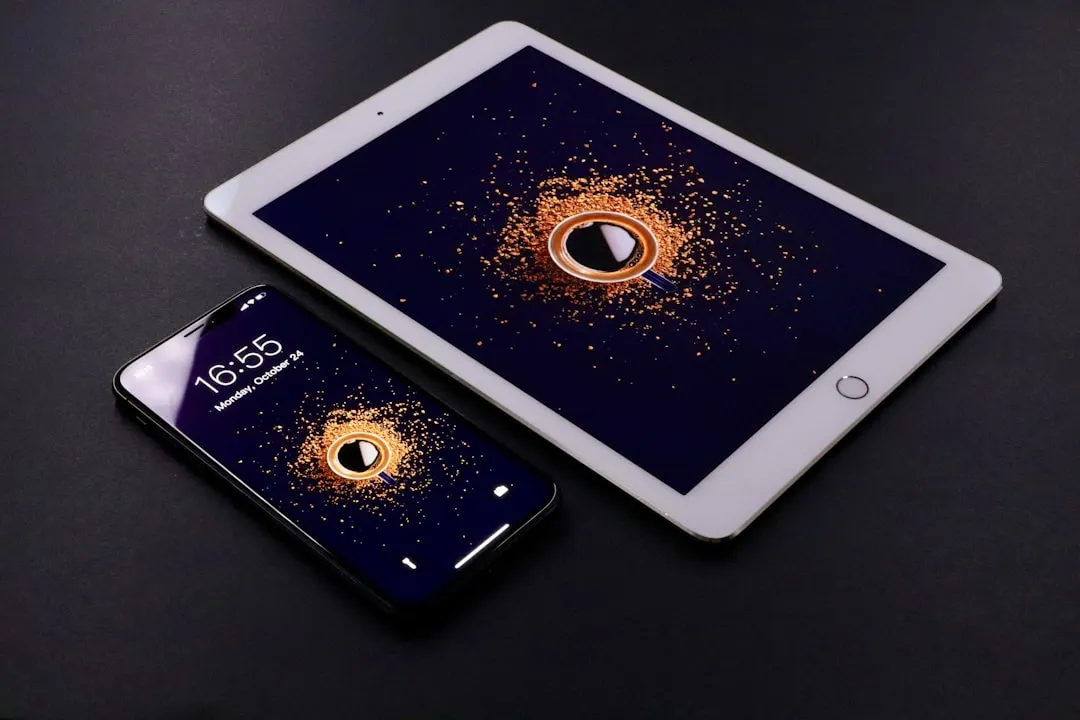
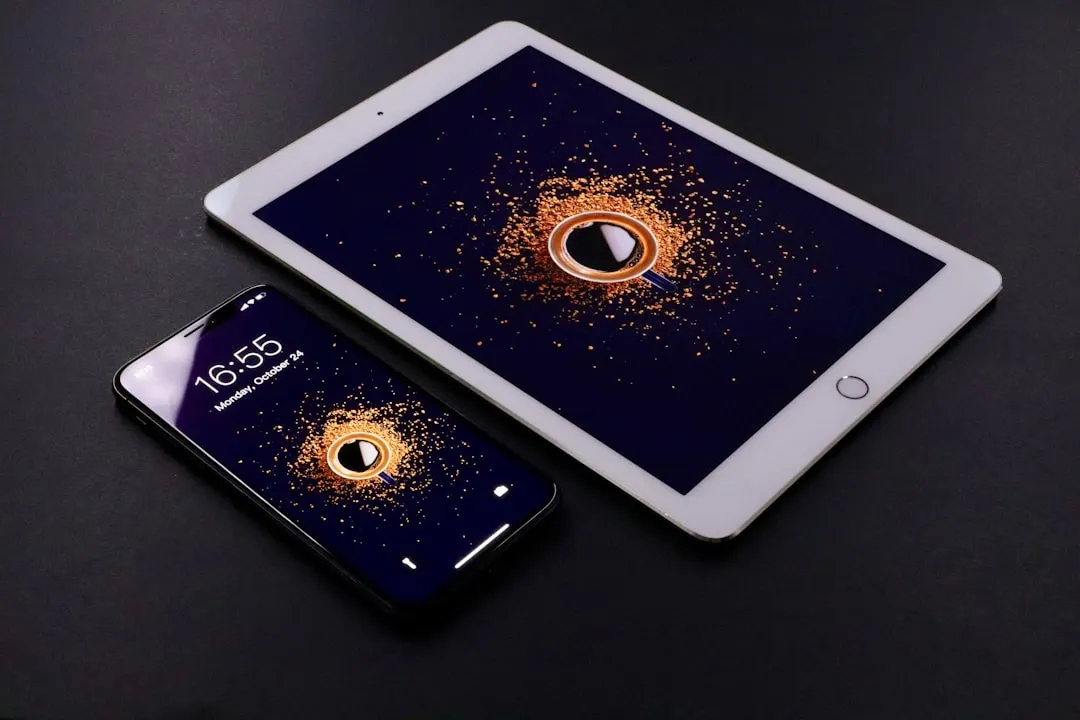
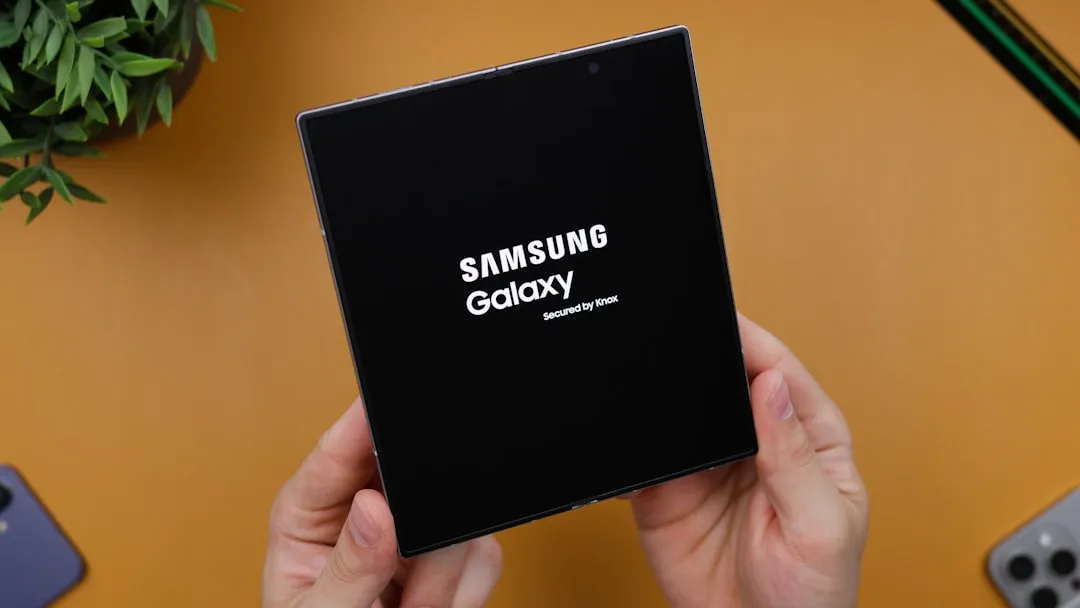
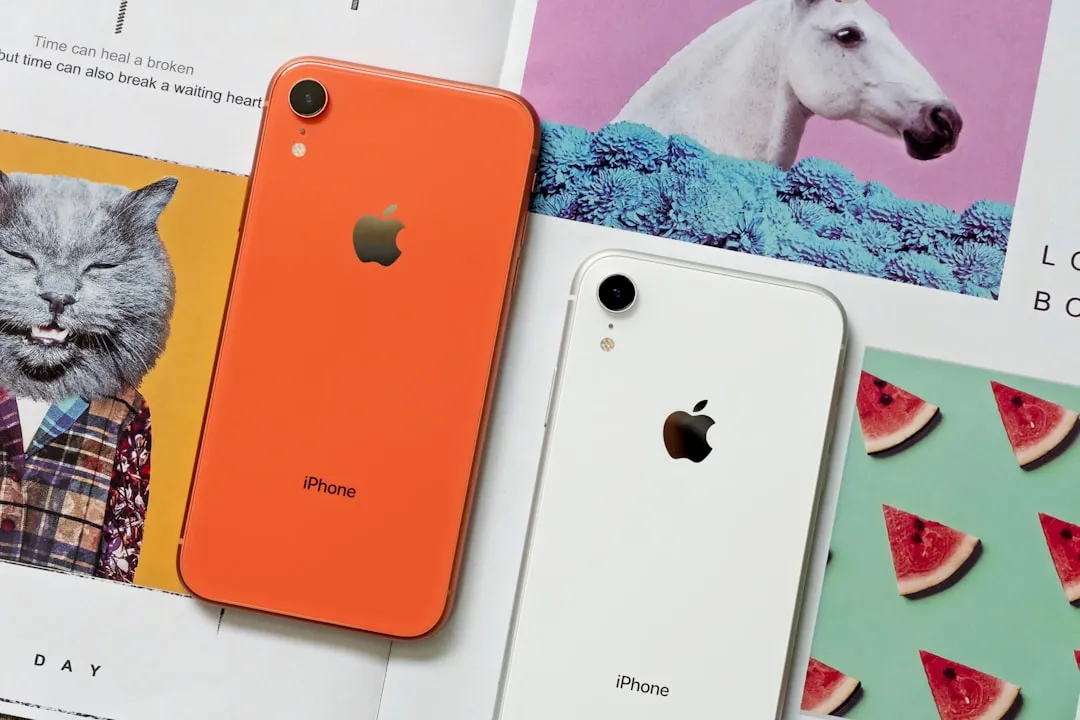
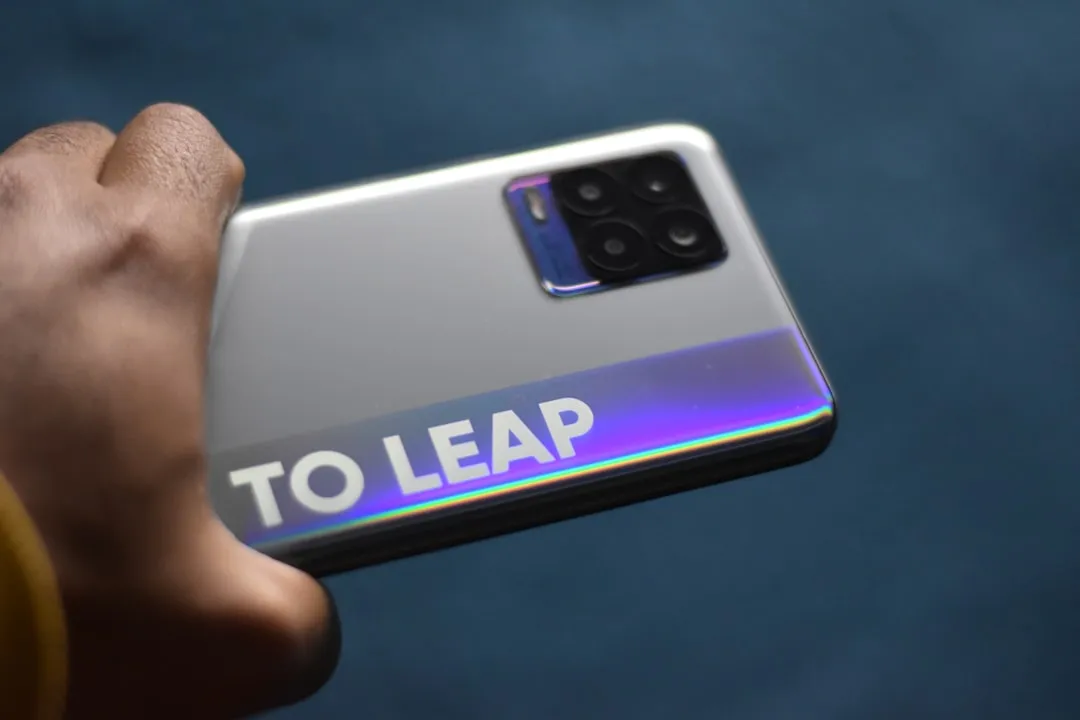


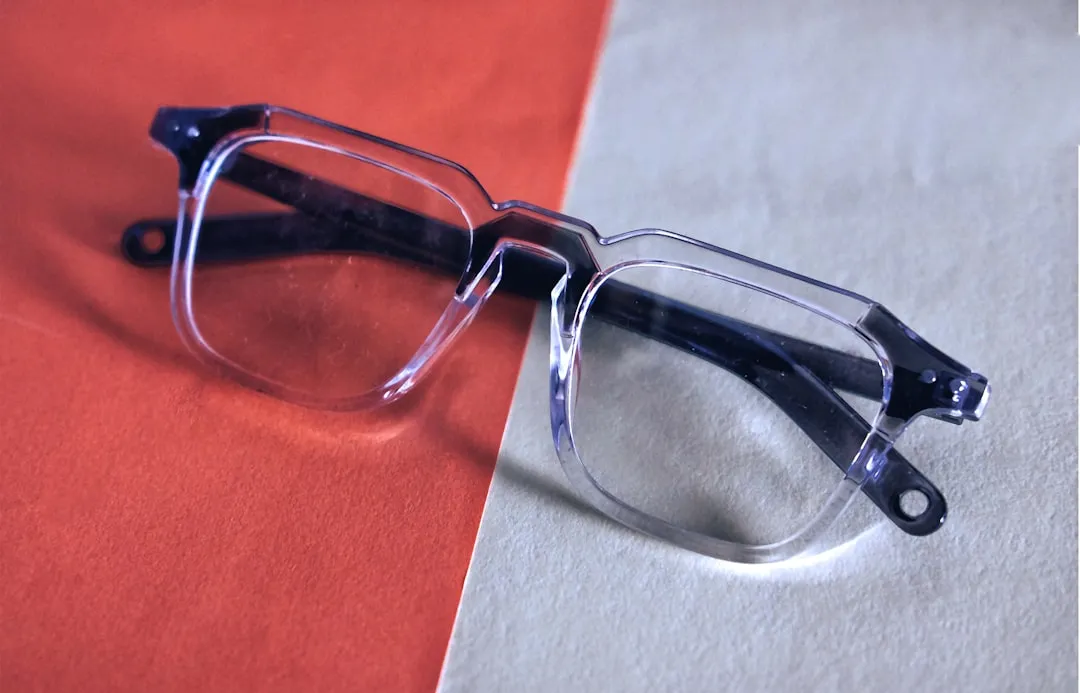
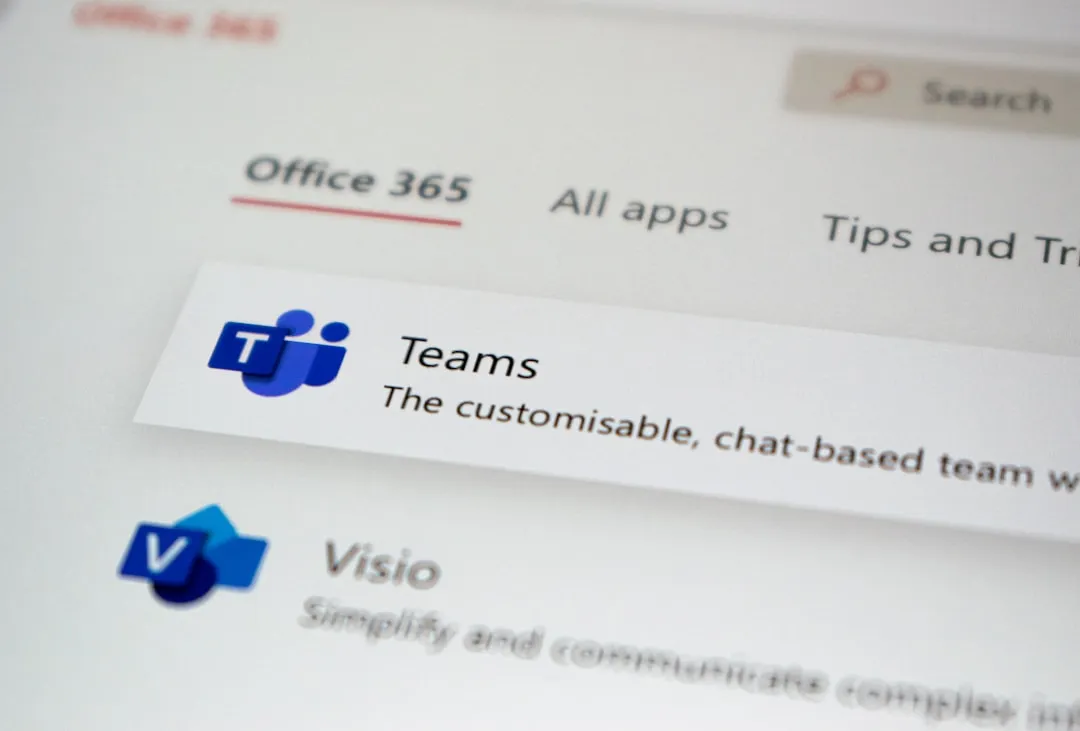
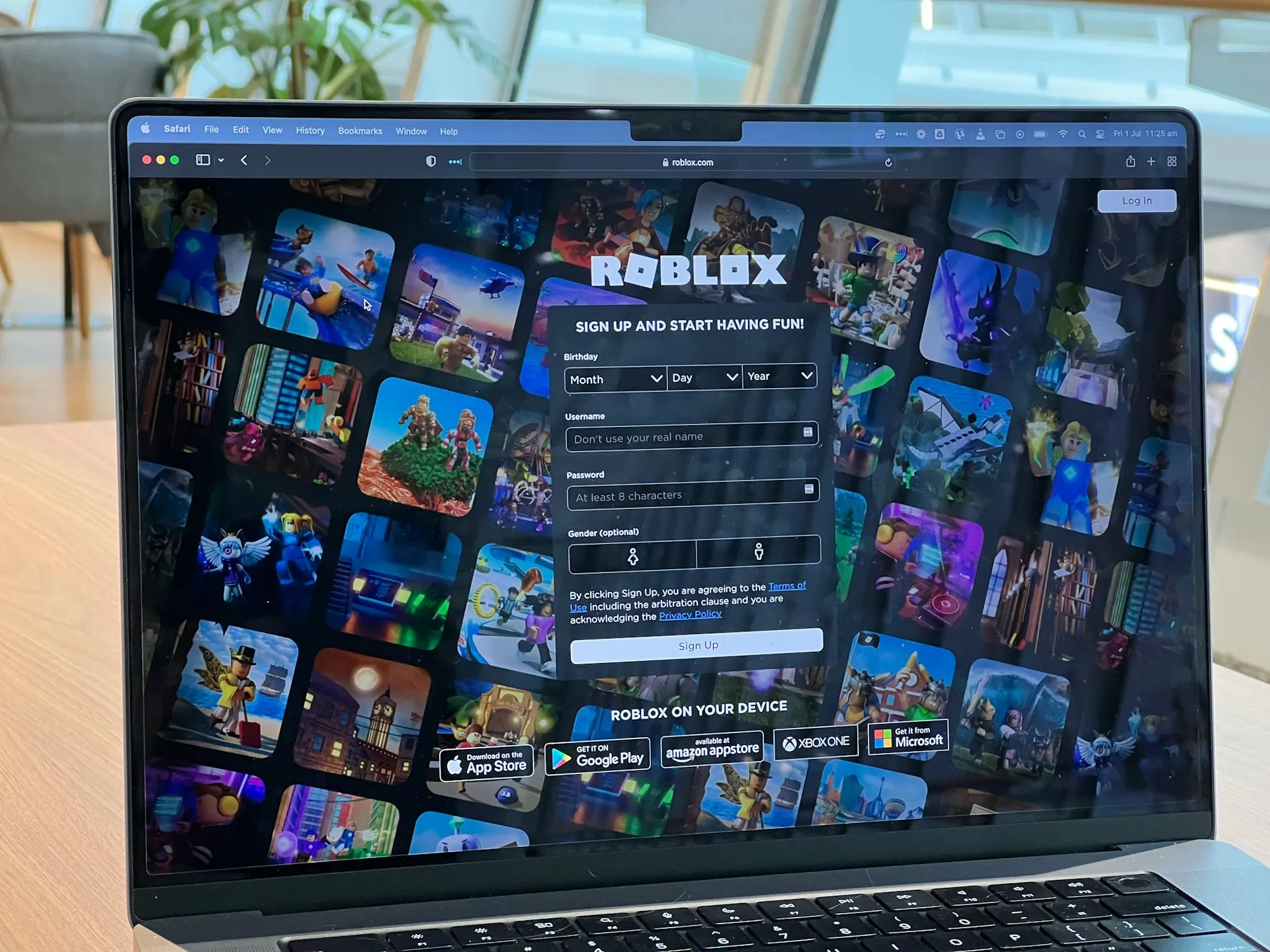
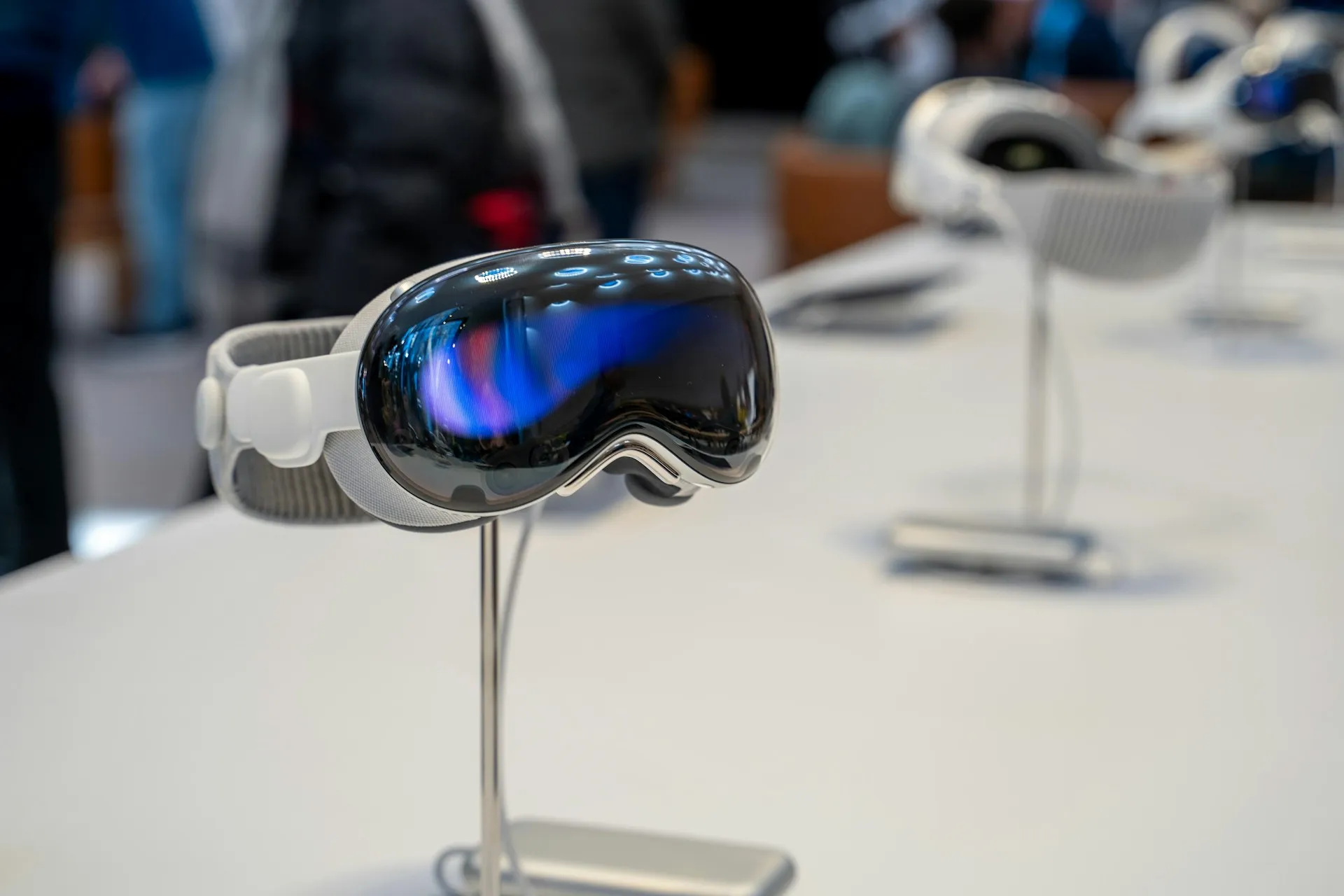

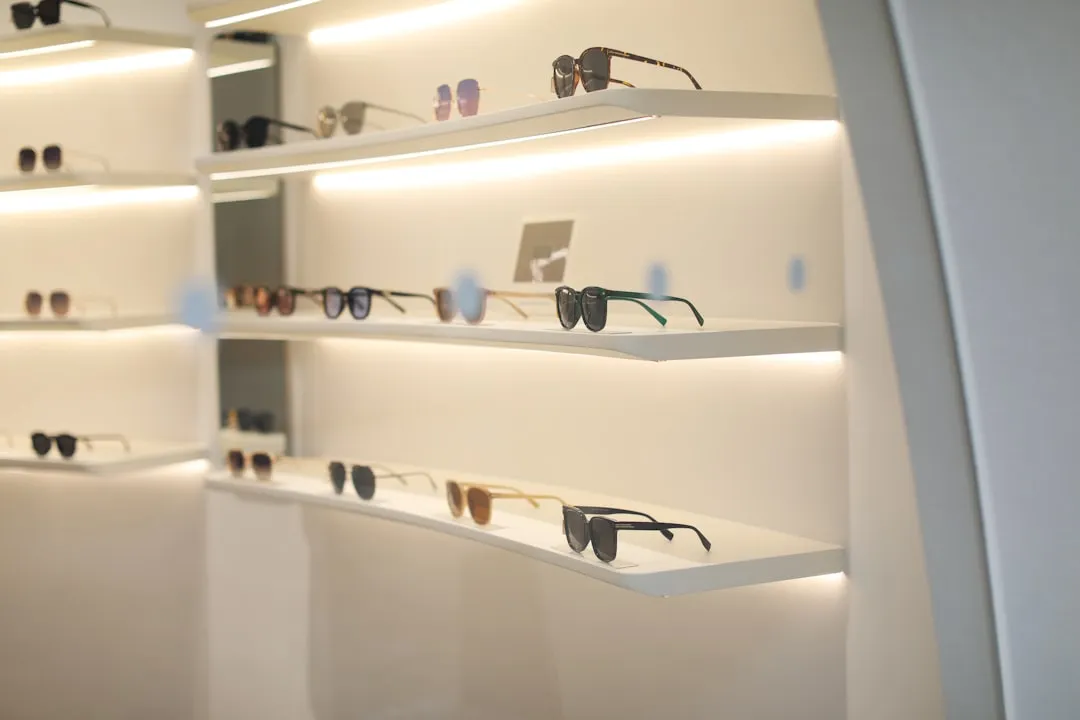


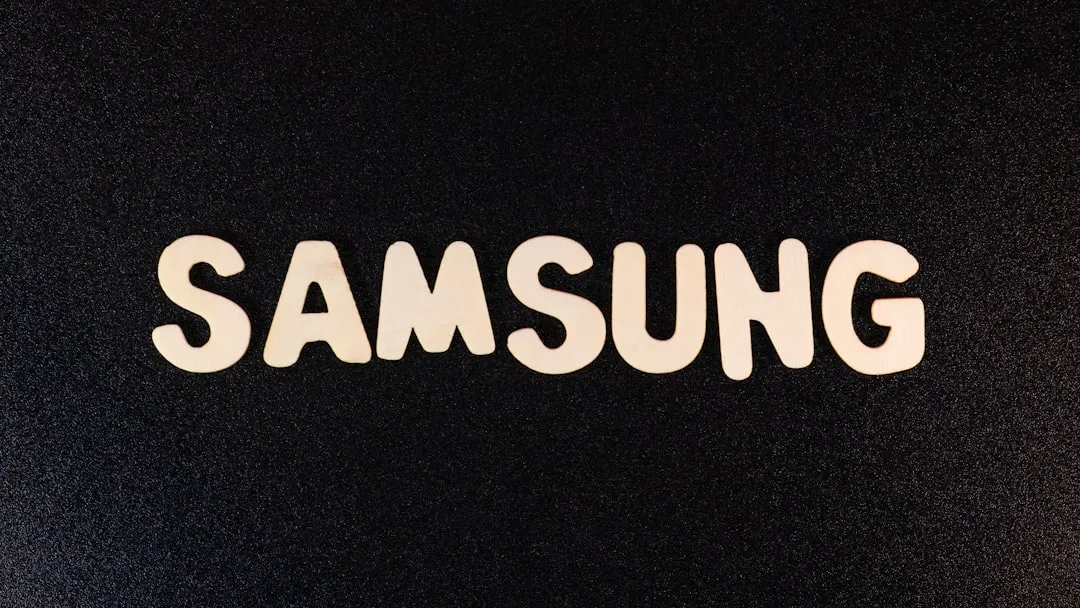

Comments
Be the first, drop a comment!